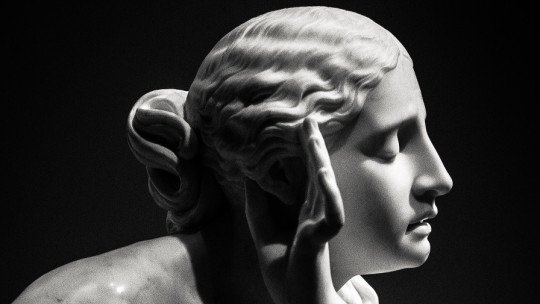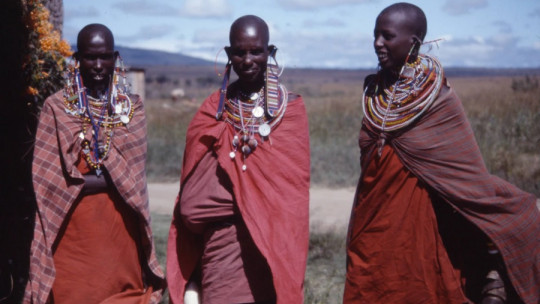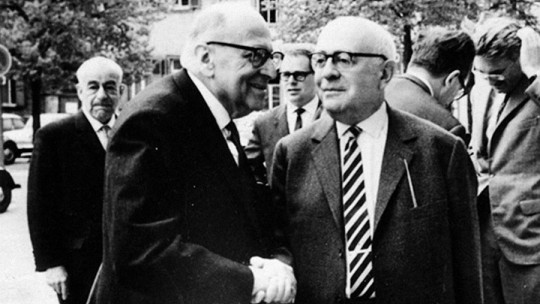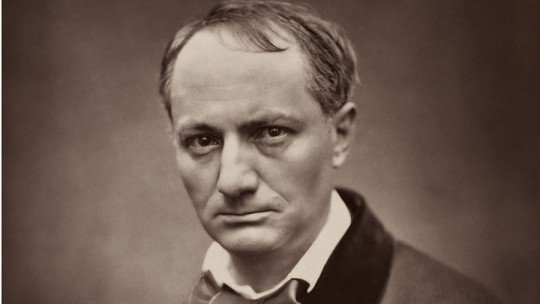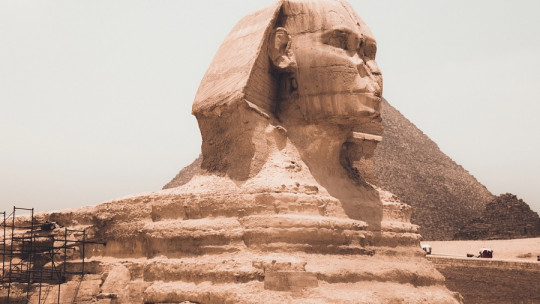
Throughout the history of anthropology, a series of theoretical currents have been generated to explain the observed phenomena.
One of those that gained the most importance in the last century was diffusionism Next we will stop to learn about the features that define this school, what new features it provided compared to other existing movements and other important characteristics.
What is diffusionism?
Within the different theoretical currents that try to provide a foundation for anthropological phenomena, diffusionism is one of them. This movement emerged when the 19th century gave way to the 20th. The basis of this school, according to its defenders, is that different human societies, since their origin, have been creating their culture thanks to the imitation of neighboring groups, such as other tribes, towns or cities
Therefore, the culture of a certain group or ethnic group would be nourished by what they have observed in other communities, which in turn observed it in others beyond. According to diffusionism, therefore, the end result is a mixture of very small pieces of knowledge shared between different peoples, mainly due to their geographical proximity.
Diffusionism emerged in contrast to evolutionism, another current that gained strength throughout the 19th century and defended the progressive complexity that a culture would acquire, due to the creativity of human beings. On the contrary, diffusionism attributes this complexity to mere exposure to other nearby cultures with which it shares and exchanges elements.
One of the main promoters of this school was Friedrich Ratzel, German geographer. Ratzel’s position regarding the great inventions of man was that they did not take place in different places in parallel, but rather that they always emerged in a specific place and from there their diffusion began to neighboring areas and so on until they covered the entire known world.
Friedrich Ratzel managed to influence other authors, such as his student, Leo Frobenius, who continued to develop the theoretical basis of diffusionism Frobenius spoke of the so-called cultural circles, or kulturkreise, in German. According to this author, there were a series of these primitive circles, which would belong to the ancestral cultures from which almost all knowledge would have spread to other areas, sometimes very distant.
extreme diffusionism
If we take the theory of cultural circles to the extreme and follow the idea of diffusionism to its purest essence, we find the texts of authors such as Grafton Elliot Smith, hyperdiffusionist which defended the idea that the Ancient Egyptian civilization was the cultural origin of all others, regardless of their geographical distance.
This is a truly ambitious statement, since according to Grafton’s theory, even pre-Columbian American civilizations would have been influenced by Egypt. The explanation that this author proposes is that of a pilgrimage of hundreds of Egyptian priests that took place seven millennia ago, searching for the source of life throughout the globe. This movement facilitated the spread of Egyptian culture and knowledge to other places.
Grafton suggests that from Asia, some of these priests could have managed to reach the American continent and transmit parts of their culture to the men who would later build the Inca or Aztec civilizations, where certain parallels have been observed, which are what this author maintains as proof of his approach in order to justify hyper-diffusionism.
This aspect of the school is also known as monocentric diffusionism, since in this case they would be proposing a version of cultural circles in which only one would have existed at first, and from there knowledge would have been transmitted to other places, creating turn new circles.
Other authors who defend extreme diffusionism have proposed that Agriculture, as one of the main innovations in the history of humanity, is something that was only discovered once and that progressively spread or among all existing peoples. This discovery would have taken place in the region known as the Fertile Crescent, in the Eastern Mediterranean.
Polycentric diffusionism
However, other authors are more cautious and speak of polycentric diffusionism, that is, of a few main areas from which all knowledge and inventions have spread There would not be many but it would not be just one, as in the theory of Ancient Egypt. Some of the anthropologists who represented this theory were Fritz Graebner or Wilhelm Schmidt.
These authors point out different points in the Old World where the first cultural circles could be located. They are located in the basins of the main rivers of Africa and Asia, such as the Nile, the Tigris, the Euphrates, the Indus or the Huang He, also known as the Yellow River. But they also include other points in America where those first areas of influence could have been formed. They propose the Andes area and also Mesoamerica.
In any case, Most diffusionist authors agree on the importance of the lands near the Mediterranean Sea and the Indian Ocean as the origin of the first and main cultural circles It would be from these regions that the human being would have expanded, in every sense, both geographically and culturally.
According to these theories, the great technological contributions that would have allowed the changes of era would have been produced in these areas and from there they would have been progressively shared with nearby population centers until they spread to all civilized corners of the world. In this way we would have gone from the Stone Age to the Iron Age, for example.
Another author who addressed polycentric diffusionism was the American Clark Wissler, which added a new dimension to this theory. According to this anthropologist, cultural circles would have more influence and would transmit their knowledge more efficiently to the closest areas. Therefore, the further we moved from these regions, this influence would weaken and the contributions would be more tenuous.
This mechanism works at a geographical level but also at a temporal level, since cultural innovations take a certain time to travel from a cultural center to the most remote areas. Therefore, when we find a certain feature closer to said circle, we could assume that that feature in question is older than a similar one found in a more peripheral region.
However, this diffusion mechanism proposed by Wissler had some criticism from authors who considered that the author was not taking into account an important factor when establishing his reasoning. The issue that supported these criticisms is that not all knowledge, customs, innovations or features of a culture have to be transmitted at the same speed.
The Australian archaeologist Vere Gordon Childe also represented diffusionism This author spoke of cultural transmission among the Indo-European peoples but also established a main focus on Ancient Greece as a cultural circle that was transmitted to all societies bathed by the Mediterranean Sea.
Childe defended a more moderate diffusionism in which part of the culture would indeed be transmitted between different societies, while other innovations would arrive due to the conditions to which a given society was subjected. In that sense, the author would be combining the postulates of diffusionism with Marxist ideas.
Finally, as an example of diffusionism taken to the extreme, we find the theories of Thor Heyerdahl, a Norwegian ethnographer. Heyerdahl made a series of boat expeditions between very distant regions to try to empirically demonstrate that very ancient civilizations had at their disposal the means to have moved and contacted other societies
If this were so, the principles of monocentric diffusionism that we had seen previously would gain strength, in which, for example, Ancient Egypt could have been the cultural cradle of the main innovations that would later be exported to very distant places.
Diffusionism today
Today, Diffusionism has been partially integrated into anthropology as a theoretical basis for so-called cultural loans between different societies Therefore, it is accepted that all elements of human culture can be transferred to another human group, but this does not mean that it necessarily has to happen.
In fact, there are cultures that prefer a certain isolation from other societies in order to preserve certain customs and traditions without suffering the influence or modifications of external cultures. Therefore, today we could conclude that diffusionism has served to explain some phenomena in anthropology but has not become a predominant school.


